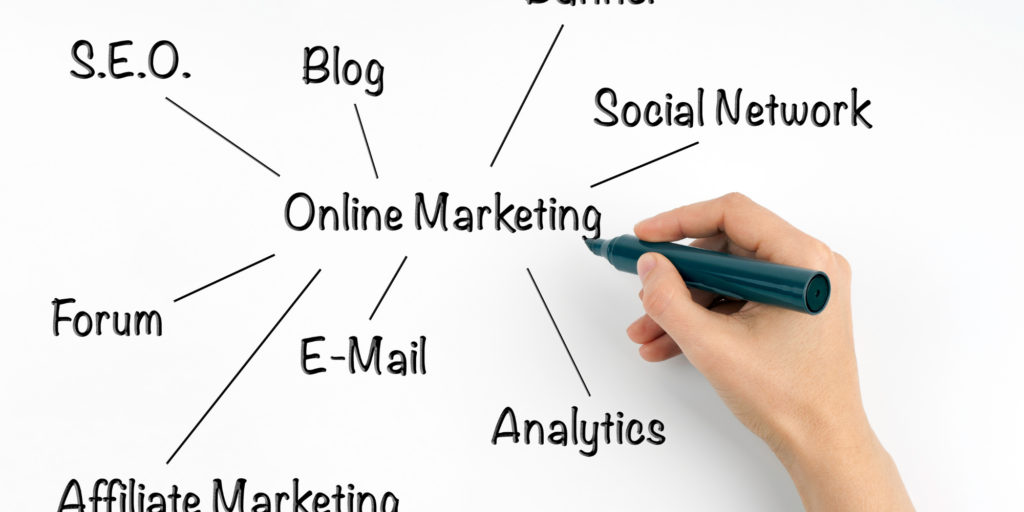The Essential Components of a Successful Online Marketing Plan

Online marketing is an essential part of any business’s overall marketing strategy. With more and more people turning to the internet to research products and services, it’s crucial for businesses to have a strong online presence in order to attract and retain customers. But with so many different channels and tactics to choose from, it can be overwhelming to know where to start. That’s where a comprehensive online marketing plan comes in.
I’m going to share with you the essential components of a successful online marketing plan, including setting goals, identifying target audiences, and implementing tactics like search engine optimization (SEO), social media marketing, and email marketing.
Before you start putting together your online marketing plan, your need a clear understanding of your business’s goals. Are you looking to increase website traffic, generate leads, or boost sales? By setting specific, measurable, achievable, relevant, and time-bound (SMART) goals, you’ll be able to focus your efforts and track your progress.
Once you have your goals in place, the next step is to identify your target audience. Who are the people most likely to be interested in your products or services? Demographic information like age, gender, and location can be helpful, but it’s also important to consider their interests, behaviors, and pain points. This will help you create targeted messaging and marketing campaigns that speak to their needs and interests.

Once you have a clear understanding of your goals and target audience, it’s time to start implementing tactics to reach them. Here are some key components of a successful online marketing plan:
Search Engine Optimization (SEO)
SEO is the process of optimizing your website to rank higher in search engine results pages (SERPs) for specific keywords. This is important because the higher your website ranks, the more visible it will be to potential customers.
There are many factors that contribute to your website’s ranking, including the quality and relevance of your content, the use of keywords, and the overall user experience (UX). By implementing SEO best practices, you can improve your website’s ranking and drive more targeted traffic to your site.Social Media Marketing
Social media platforms like Facebook, LinkedIn, and Instagram are great places to connect with potential customers and build your brand. The goal is to create a strong social media presence and regularly post engaging content. When you achieve this goal you can increase your reach and drive traffic back to your website.Email Marketing
Email marketing is a great way to stay in touch with your customers and nurture leads. By sending targeted emails to your email list, you can promote your products or services, provide valuable content, and build relationships with your audience.Content Marketing
Content marketing involves creating and distributing valuable, relevant, and consistent content to attract and retain a clearly defined audience. This can include blog posts, videos, podcasts, infographics, and more. With content marketing, you can position yourself as a thought leader in your industry and drive traffic to your website.Paid Advertising
Paid advertising, also known as pay-per-click (PPC) advertising, involves placing ads on search engine results pages or on social media platforms and paying each time someone clicks on your ad. This can be a great way to quickly drive targeted traffic to your website and create leads.Influencer Marketing
Influencer marketing involves partnering with influencers in your industry to promote your products or services. This can be a powerful way to reach a new audience and build credibility for your brand.
By using these tactics and regularly measuring and analyzing your results, you can create a successful online marketing plan that helps you reach your business goals.
